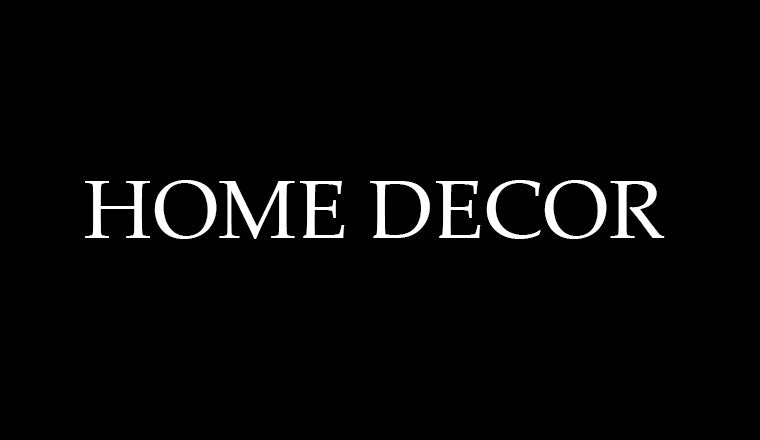What To Look For In A Gallery Wrap!

The most common question I get from customers is what really makes a good canvas wrap. The answer might seem simple but there is actually a lot that goes into a professional gallery wrapped canvas. And no a professional canvas wrap is not a folded cardboard backing with the canvas glues to it and a black backing to hold it all together. If your anything like me you put a lot of effort into your artwork to make it look just right and to then have it reproduced as cheap as possible is not how you want to go about this. Customers do notice cheap vs high quality when deciding if they will buy your work. Taking pride in your work will pay off in more sales and better collectors. OK lets get down to it, what makes a good gallery wrapped canvas?
#1 Canvas Material

There are a few options for canvas materials that can be used. One is cotton canvas, this looks like your traditional canvas used by artists and painters. Great product but is not always the best for printing. The canvas can have many flaws in it and can give inconsistent results. It can also hold a more textured surface like an art canvas. Second is a cotton and polyester blend canvas. The polyester in the canvas can help with a more uniform surface and also a smoother canvas to help show detail better on the final print. The polyester in the canvas can also help with stretching and holding the stretch. This is the canvas we prefer to use on our wraps. This does not make it cheaper just a better final product which is archival and last a 150 years or more. Third is polyester canvas. This canvas has a perfect simulated canvases texture with out the small imperfections of canvas. This is a common canvas for cheaper prints as the cost is 2/3 the cost of the other canvases. We have used some of this canvas in testing and just did not like the look of it especially on bright walls with a lot of light. The pattern also seemed to produce glare and made the image hard to see at certain angles. The light also travels thru this canvas as it does not have the opacity of the other canvases.
#2 Coatings

This is a very important step in my view. Adding a UV coating to the canvas greatly extends the lifespan of the canvas and also helps with protection from dust, scratches, and fading. The coating also helps add depth to the inks especially the Canon Lucia ink we use as they have high dynamic range. Creates very deep blacks and higher contrast. Sprayed on coatings will give you a great looking and even finish on your canvas. Trust me make sure your canvas is coated!
#3 Stretcher Bars / Internal Framing

This one is straight forward, solid wood with raised corner edges of traditional stretcher bars. NO FOLDED CARDBOARD OR COMPRESSED PARTICLE BOARD.
#4 Print Quality & Inks

For print quality you want a sharp print that matches the original. Of course if the file or photograph is not sharp then the print will not be sharp. Ink should never look like it was shoot on with a straw and speckled. Clean even ink with solid saturated color. We take pride in the the sharpness and deep colors our canon printers produce and make sure prints are always sharp even on the canvas surface. We are also a firm believer in the Canon printers as it is a 12color printer. I have had 8color printers in the past and they just never seemed to stand up. The 12 color also helps to make perfect black and white prints. Allows for more shades of black and a better range. We get a lot of customers that come in and say they have never had a company print their black and white images right. They seem to always be off until we give it a go with the canon printer! I figure its my blog I have to boast a little bit ( or a lot ) right?!!!
#5 Color Accuracy

Have you ever got a print back and the blacks are grey, the reds are orange, or the blues are purple? We have all been there. With that said it actually is an easy fix, calibration of your monitors. This is one of the only ways to get the prints close to what you see on the screen. No you can not skip this or do the calibration built into your computer. You must use a device like the Color Munki or another brands on screen device. We use the Color Munki on our screens and so should you if you really want colors to match!
#6 Love (Yep Love)
Yeah I said "Love" and I am pretty sure you know what I mean!
Overwhelmed yet.... don't worry we are done for now? OK lets make this process easy just order from Paint Addict Studios and you never have to worry again!
Cheers!
Justin Strom





